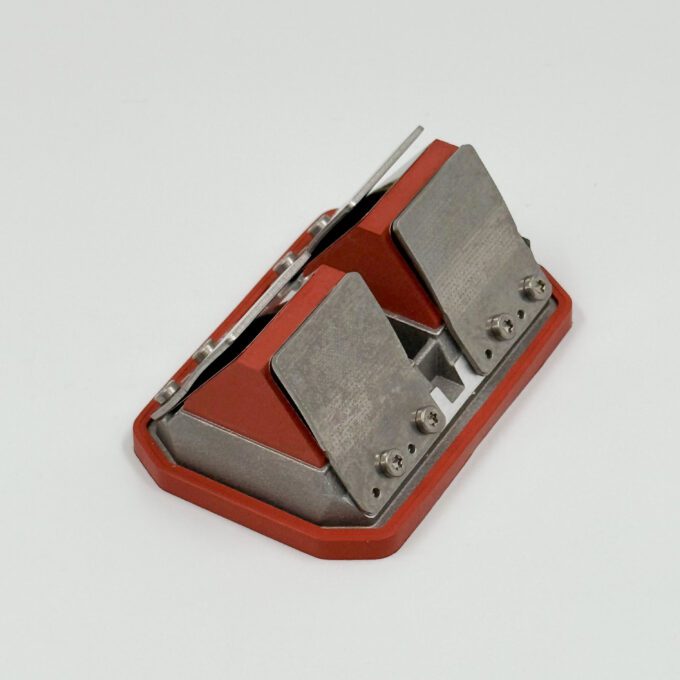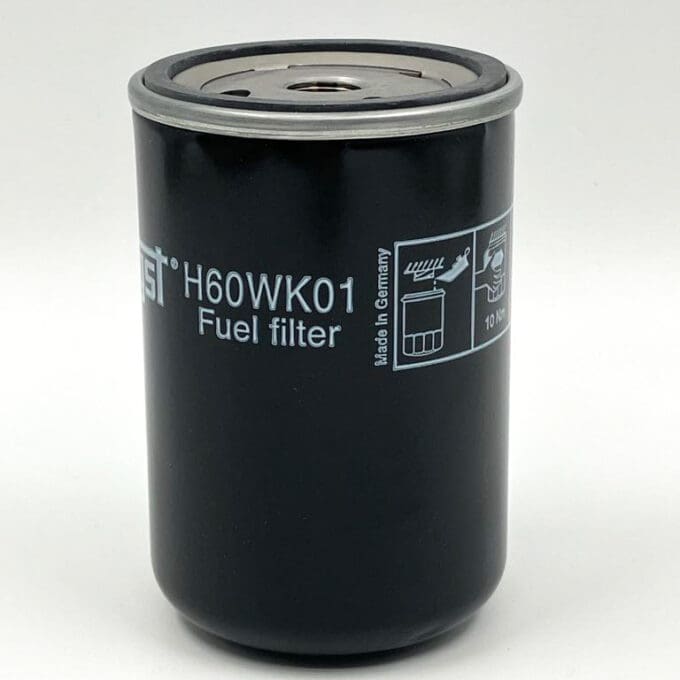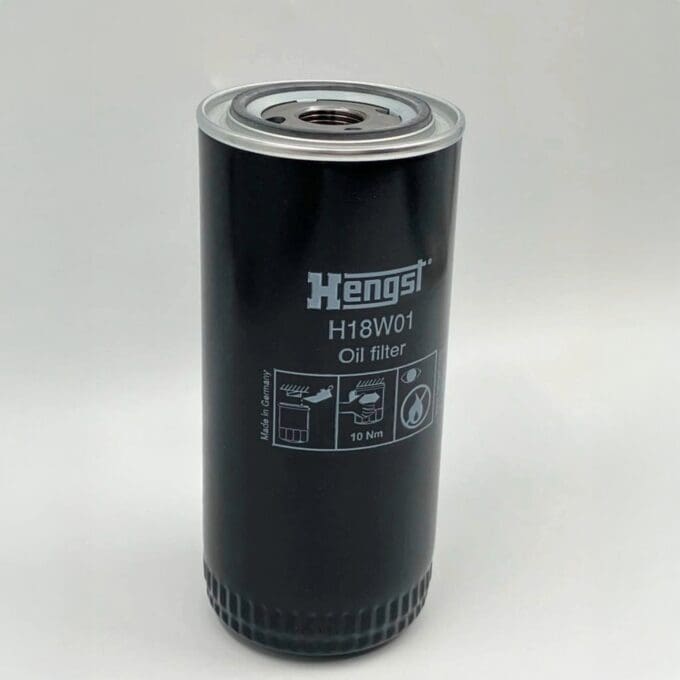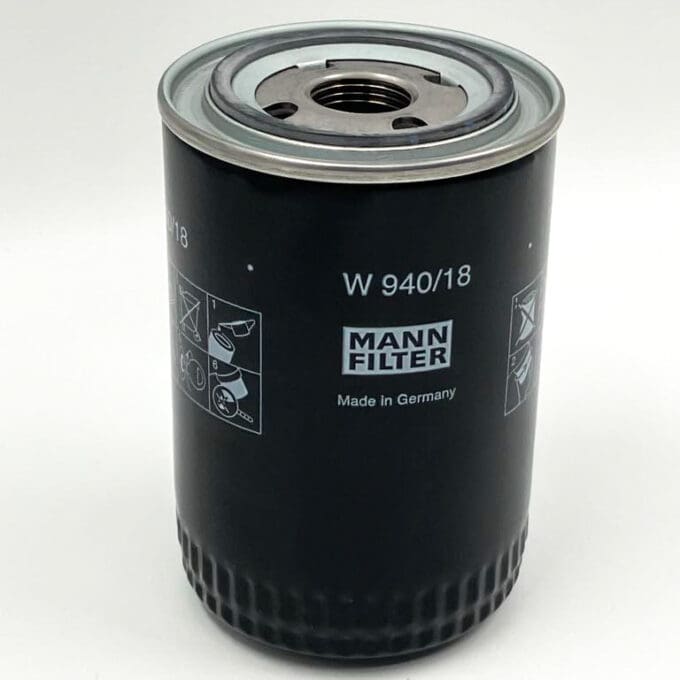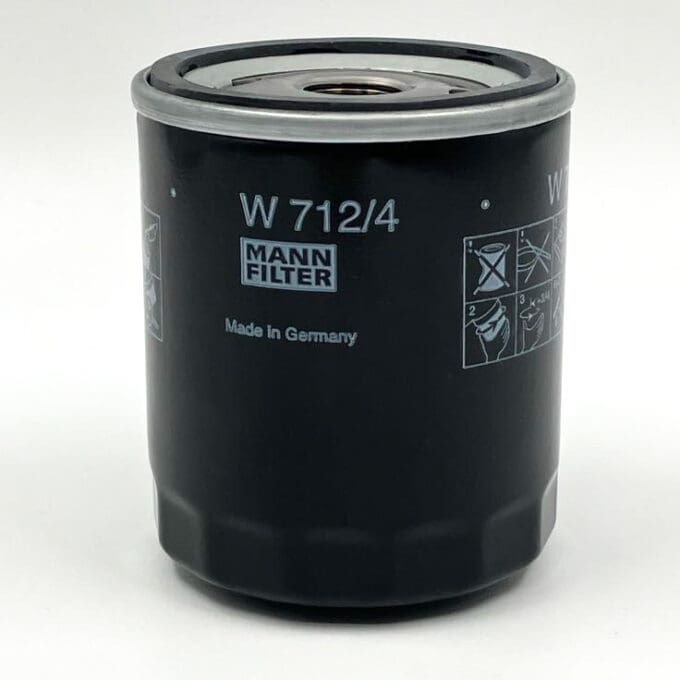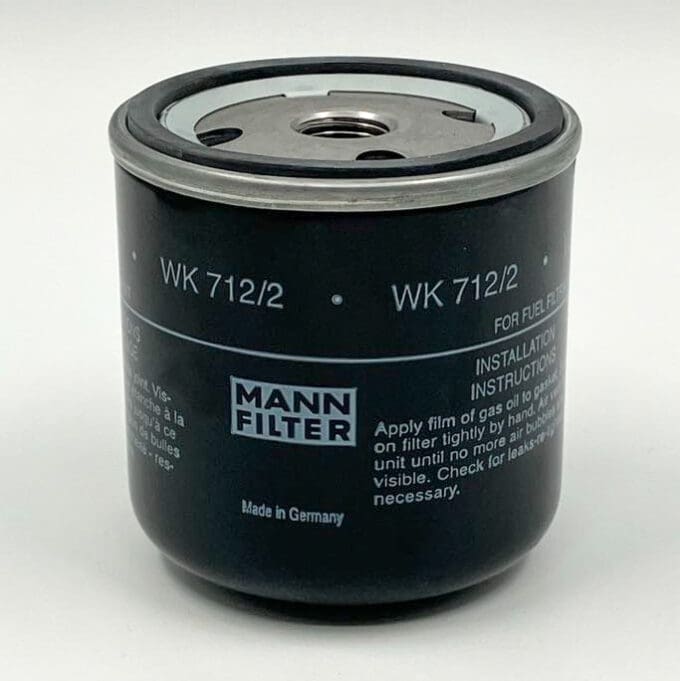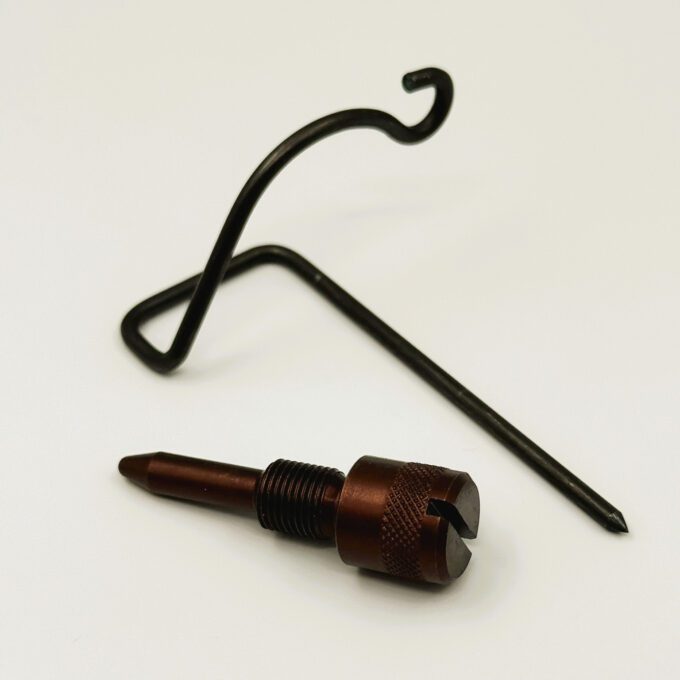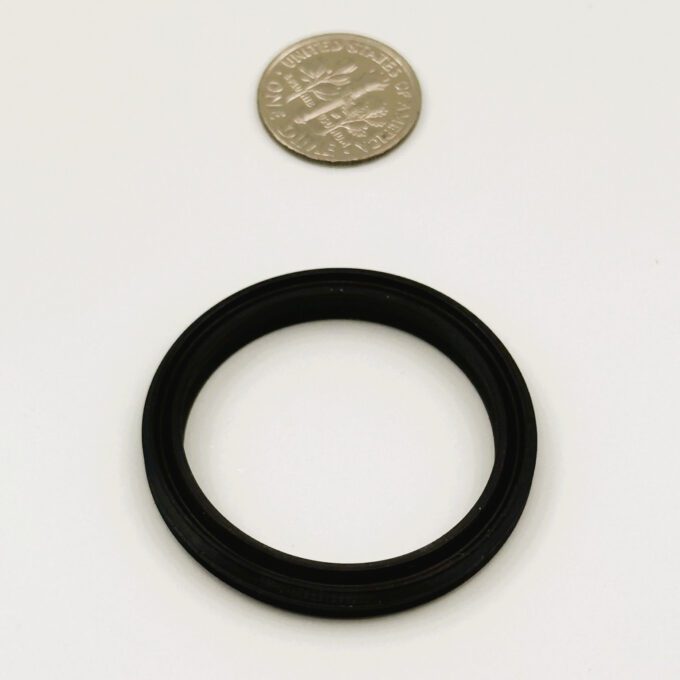Helpful table for SAE bell housings
For those of you purchasing a new or replacement Rockford or Twin Disc® Power Takeoff or simply installing a new transmission on a Perkins marine engine, identifying the SAE Number of your bell housing is the first step.
First things first. People a lot smarter than your Dr. Diesel™ years ago formed a group called the Society of Automotive Engineers. This group, now simply called “SAE” (kind of like the name of the frat house you used to walk by on your way to the library back at Old Miss) has categorized bell housings in sizes. The higher the number the smaller the bell housing. (I know this sounds counterintuitive, but these Greek fraternity types do drink a lot of beer.) All engine manufacturers including Perkins, Deutz, and Ford Industrial use SAE standard bell housings.
How To Determine The SAE Number. Take a look at the chart below. Stand facing the bell housing while it is attached to the engine and simply measure across the face of it to get the SAE number. To check your measurement you can also count the number of bolt holes, bolt diameter, and bolt size. Generally speaking, most small engines like a Perkins 4108 are SAE 5, engines from 60 to 80 HP like a Continental F163 or Perkins 4236 are usually SAE 4 or 3, and engines above 150 HP, such as a Perkins 6354 or Perkins 1006T series, are usually SAE 2 or larger. Because the tendency in the last 20 years or so is to have smaller bell housings, it is now uncommon to see a SAE 1, SAE ½, or SAE 0. But they do exist.
SAE BELL HOUSINGS MADE EASY
| No. | Diameter | No. Bolts | Hole Diameter | Size |
| 1 | 20.875 | 12 | .469 | 7/16 |
| 2 | 18.375 | 12 | .433 | 3/8 |
| 3 | 16.875 | 12 | .433 | 3/8 |
| 4 | 15.00 | 12 | .433 | 3/8 |
| 5 | 13.125 | 8 | .406 | 3/8 |
Manufacturer’s names, symbols, and numbers are for reference purposes only and do not imply manufacturing origin.

